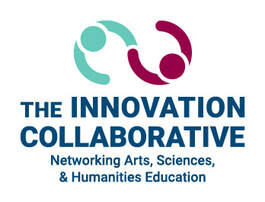Projects
What does successful STEAM (sciences, technology, engineering, arts, math) learning look like in K-12 classrooms and informal environments like museums? There is little data about what constitutes effective STEAM practice, despite current interest in learning at the intersections of these disciplines. The Innovation Collaborative seeks to rectify this information gap by inviting teachers, schools, and institutions to submit sample lessons; identifying commonalities for success; and disseminating these models of effective practice.
To learn more about the K-12 effective practice projects, click here.
Information on effective practices in out-of-school time setting will appear here soon.
Information on effective practices in out-of-school time setting will appear here soon.
